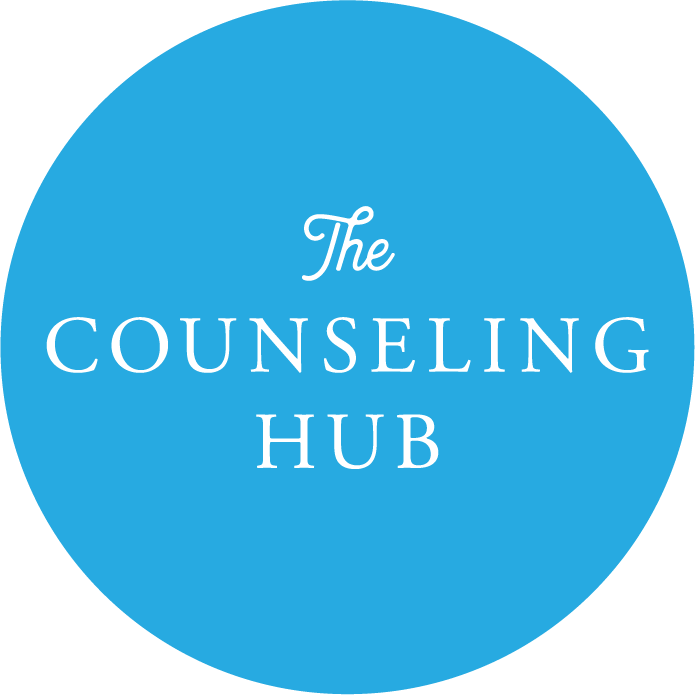LGBTQIA+ Discrimination in High School
The high school years are often defined by change. Changing schools, friends, and interests can have a big impact on one’s identity. Changes in hormones and a developing body add to the sense of transformation. Change can be stressful, and so can juggling classes, homework, extracurricular activities, and a social life.
While high school involves a great deal of change, it also offers opportunities for growing teens to find themselves. People start shaping into the person they will be as an adult during this stage of life. Part of this process can involve discovering your sexuality and gender identity, and students who discover that they identify with the LGBTQIA+ community often have more to deal with than the average teenager.
LGBTQIA+ discrimination in high school is not uncommon, and it can have a serious impact on life for students. In this post, we’ll explore some of the realities for members of the LGBTQIA+ community in high school. We’ll also take a look at what support is available.
Bullying
Bullying is an unfortunate reality in many school settings. Bullies often choose targets to pick on who they see as weak or different from them. Unfortunately, the LGBTQIA+ community often falls victim to this type of dynamic since they're seen as being different from what the world sees as “normal.” Bullying often involves things like name-calling, derogatory remarks, slurs, and sometimes violence.
Cyberbullying
Bullying can now exist outside of a physical school. Due to the advancements in technology, cyberbullying is a new form of bullying that takes place solely online. People who are bullied this way receive negative comments, direct messages, harassment, or threats digitally. Social media is a common avenue for cyberbullying.
Harassment
It’s not uncommon for people in the LGBTQIA+ community to also experience physical harassment while they’re in high school. Physical harassment involves kicking, punching, shoving, pushing, or any other form of physical assault.
Misuse of Pronouns
Using someone’s preferred pronouns is an easy way to show a basic level of respect. Conversely, refusing to use the pronouns another person identifies with is an easy way to show disrespect.
When a teacher, parent, or classmate purposefully uses the wrong pronouns or name for someone in the LGBTQIA+ community, they are contributing to a discriminatory environment. As with all types of discrimination, this creates an environment that can feel unsafe.
Exclusion
Being excluded is another common occurrence for people in the LGBTQIA+ community in high schools. When someone is considered to be different, they can often be excluded from certain activities or events.
This exclusion can include extracurricular activities and social groups, which can rob students of the opportunities others enjoy. Students in this community might also be excluded from the proper bathrooms or locker rooms.
Lack of Resources
Unfortunately, many high schools aren’t equipped with the resources or education required to properly support LGBTQIA+ teenagers. This can leave them feeling like they’re misunderstood or that no one truly understands them and what they’re going through. Since these years are so important for the body and brain’s development, this lack of support and resources can actually hinder their growth in the long run.
Help Is Available
This type of discrimination does more than impact a teen’s mental health; it can negatively impact other areas of their life as well. LGBTQIA+ teens who face discrimination can struggle with their schoolwork and social relationships with their classmates, friends, and potential romantic partners.
If you’re struggling as an LGBTQIA+ teen, it’s important to know that you’re not alone, even if it may feel that way right now. You can’t change who you are, nor should you feel the need to do so. If you know an LGBTQIA+ teen who is struggling, connecting them with resources can be a powerful way to help. Reach out today to get started with an initial consultation for teen therapy.
Address
The Counseling Hub, LLC
2804 Forum Blvd., Ste 4
Columbia, MO 65203
Contact Information
p | (573)586-3204
f | (573) 313-3528
e | contact@thecounselinghub.com
Hours
Admin/Ops Team | Monday - Friday: 10a - 3p
*Clinical hours are by appointment only, Sunday - Friday
We have both clinical hours, or the times when our clinical team sees clients, and admin hours, or the times when our admin team is available via call or email.

